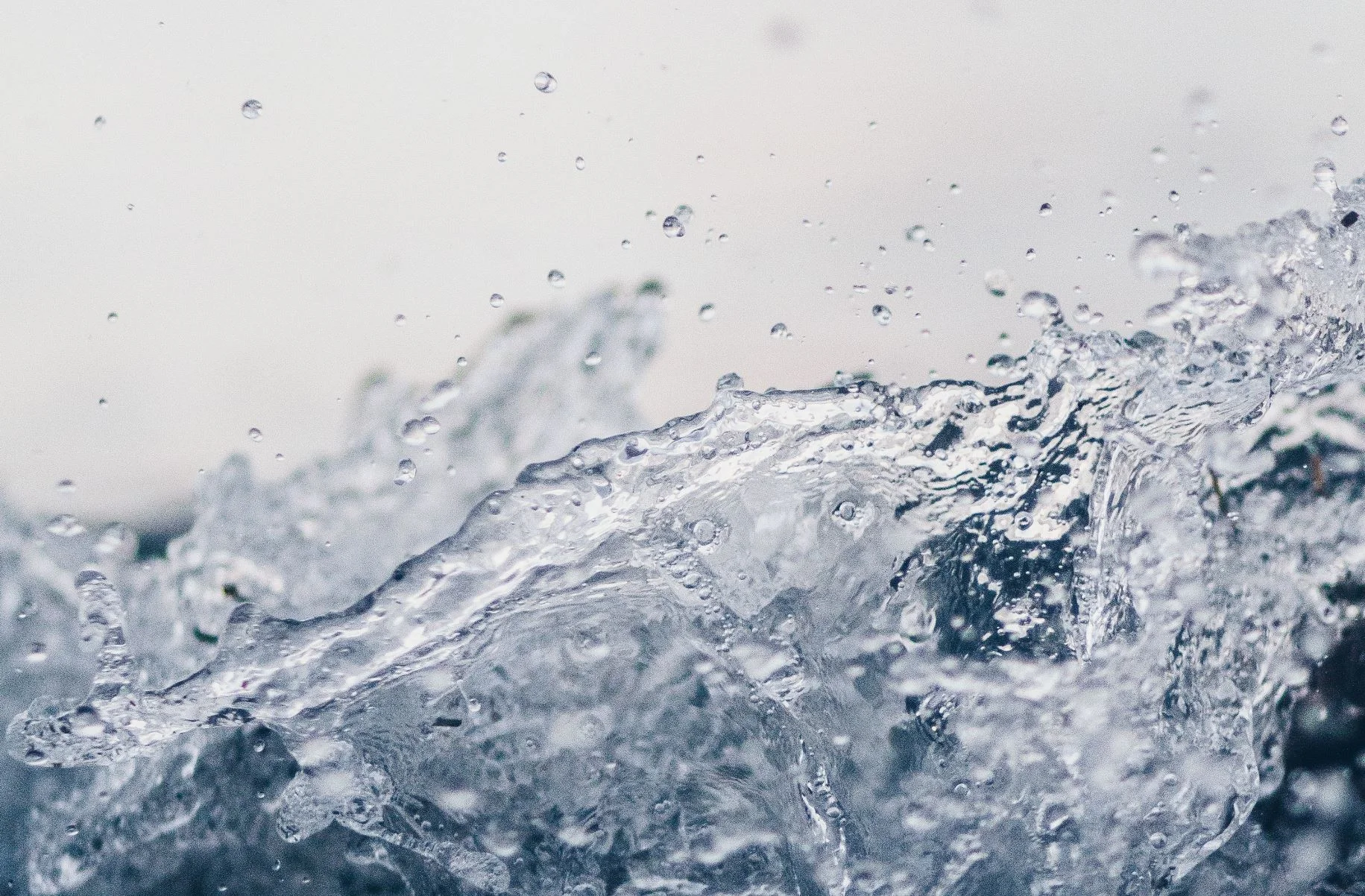Any comments, suggestions or just looking for a chat about this subject? Don't hesitate and leave a comment on our comment section down below the article!
Image Credit: Samara Doole via Unsplash
Imagine changing ice to water without adding heat. It sounds impossible, but physicists at Radboud University theoretically know how to realize this enigmatic transition, not with water molecules, but with electrons in metals. This brings the 'holy grail' of physics into view.
By bringing foreign metals to extremely low temperatures they can reach a state of 'superconductor', a phase that is preceded by what physicists call the 'quantum critical point'. It is therefore important to permanently suppress the temperature to absolute zero.
Thanks to Radboud University's unique laboratory for high magnetic fields, the HFML, physicists have gained a better understanding of the influence of the quantum critical point on the properties of a material. Researchers hope that this opens the door to a better understanding of metals in their transition to a state of superconductivity.
Special applications
If this process has no more secrets, it is conceivable that you can also realize the superconducting properties of such a metal at room temperature which is now only possible at relatively low temperatures. Thus the holy grail for physics has come a step closer.
By understanding the physical subtleties of superconductivity, you not only turn physics science upside down, but special applications come into view, such as energy transport without energy loss, "levitated transport" and very sensitive brain scanners. The physicists will publish their invention this month in the leading journal Nature.
Source: Radboud University press release
If you enjoy our selection of content please consider following Universal-Sci on social media:









